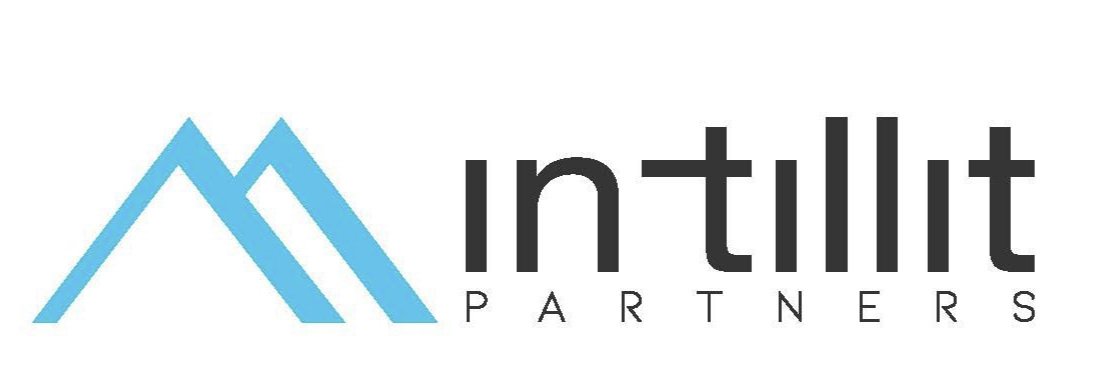The state of manufacturing 2025
As we hit the mid-point of 2025, the automotive manufacturing sector is navigating a pivotal phase marked by both transformation and tension. Electrification continues to dominate the landscape, with nearly every major OEM accelerating EV production in response to stricter emissions standards and shifting consumer preferences. Simultaneously, AI and automation are gaining traction in factory environments, particularly for predictive maintenance, quality control, and supply chain optimization. There’s also a notable resurgence in nearshoring strategies—especially in North America—as manufacturers seek to mitigate geopolitical risks and reduce lead times. These trends are creating substantial opportunities for innovation, workforce reskilling, and localized supplier development.
However, the road isn’t without its potholes. Persistent supply chain instability—particularly around semiconductors, rare earth metals, and battery components—remains a drag on operational efficiency. Labor shortages are also pressuring Tier 1 and Tier 2 suppliers, prompting the industry to double down on automation and upskilling. Additionally, while EV momentum is strong, infrastructure limitations (like charging networks and grid capacity) are slowing market penetration in some regions. The OEM-supplier relationship is being tested as cost pressures increase, forcing both sides to negotiate new terms around risk-sharing and just-in-time expectations. Overall, the industry is at a crossroads, where agility, sustainability, and smart investment in digital capabilities are not just optional—they're essential to long-term success.
Looking ahead, manufacturers are also exploring new revenue streams beyond vehicle sales, including software-enabled services, over-the-air updates, and mobility platforms. This shift is pushing traditional car companies to think more like tech firms, embracing continuous product improvement and customer-centric design. As consumer expectations rise for personalized, connected, and eco-conscious vehicles, the ability to rapidly prototype, adapt, and launch innovations will define who leads and who lags. The winners in this race will be those who successfully blend advanced manufacturing, resilient operations, and forward-thinking strategy into every layer of their business.
